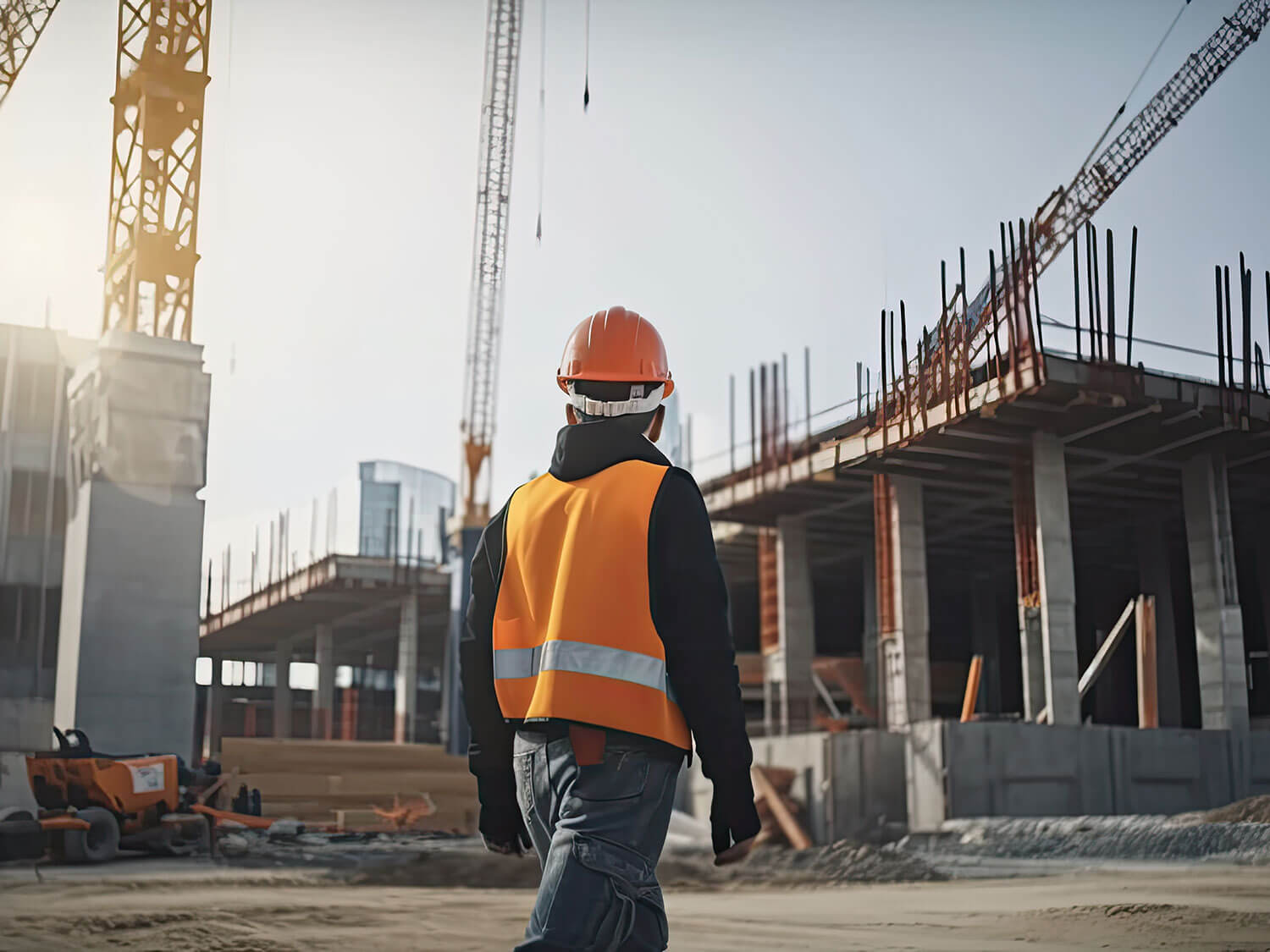
Understanding Infrastructure Resilience
In a world increasingly affected by climate change, urbanization, and growing populations, infrastructure resilience is more important than ever. But what exactly does it mean? Basically, infrastructure resilience refers to the ability of infrastructure systems – including roads, bridges, buildings, and utilities – to withstand and recover from adverse events. These events can range from natural disasters like earthquakes and floods, to man-made incidents such as cyber-attacks or system failures.
Resilience involves more than just the ability to withstand a disruptive event. It also encompasses the capacity of the infrastructure to adapt and recover quickly, minimizing downtime and disruption. This often involves elements of redundancy and flexibility, ensuring that even if one part of the infrastructure is compromised, the system as a whole can continue to function effectively.
Building resilient infrastructure is a proactive approach, investing in prevention rather than dealing with consequences. It considers the full lifecycle of the infrastructure, from design and construction to operation and maintenance. This includes anticipating future changes such as new technologies, evolving social needs, and changing climate conditions.
By making our infrastructure more resilient, we not only safeguard our communities but also promote economic stability and growth. After all, well-functioning infrastructure is the backbone of any thriving society, enabling everything from transportation and communication to healthcare and education.
The Role of Quality Construction Materials
The importance of quality construction materials in building resilient infrastructure cannot be overstated. These materials form the very foundation of our infrastructure, and their quality directly impacts the strength, durability, and lifespan of our buildings, roads, and utilities.
Different materials offer different properties, and choosing the right one is crucial. For instance, steel, with its high strength-to-weight ratio and resistance to many environmental conditions, is often used in bridge and building construction. Concrete, on the other hand, offers durability and versatility, making it ideal for a range of infrastructure projects.
Moreover, technological advancements have led to the development of innovative construction materials with improved performance characteristics. From self-healing concrete that can repair its own cracks, to advanced alloys and composites that offer superior strength and resilience, these materials are paving the way for the next generation of infrastructure.
How Aggregates Contribute to Resilience
Aggregates, which include crushed stone, gravel, and sand, are a fundamental component of many construction projects, including road construction and concrete production. Their role in enhancing infrastructure resilience is often underestimated.
Aggregates provide strength and stability to constructions. They act as the binding agent in concrete and asphalt, providing durability and resistance to wear and tear. The size, shape, and composition of aggregates can greatly influence the structural properties of the finished product.
For instance, angular crushed stone tends to interlock when compressed, providing a stable, rigid structure ideal for road surfaces and foundations. On the other hand, rounded gravel aggregates offer excellent drainage properties, making them ideal for applications like retaining walls and drainage systems.
Resilient Infrastructure Examples
One example of resilient infrastructure is the Millau Viaduct in France. Despite its slender appearance, this cable-stayed bridge is designed to withstand wind speeds of up to 250 km/h, thanks to the aerodynamic shape of its deck and the use of high-strength concrete and steel.
Another example is the Delta Works in the Netherlands, a series of constructions including dams, sluices, locks, dykes, and storm surge barriers designed to protect the country from flooding. The Delta Works not only serves as a robust physical barrier against storm surges but also incorporates advanced forecasting and monitoring systems to provide early warning of potential threats.
These examples showcase the importance of careful design, high-quality materials, and advanced technology in creating infrastructure that is not just strong, but truly resilient. It’s not just about building to withstand today’s challenges but also preparing for those that lie ahead.
Future Trends in Infrastructure Resilience
As we move into the future, infrastructure resilience will increasingly be influenced by evolving technologies, climate change considerations, and changing societal needs.
The advent of smart technologies and Internet of Things (IoT) devices is enabling more sophisticated monitoring and maintenance of infrastructure. These technologies can detect issues early, allow for swift response, and even predict future problems, reducing the likelihood of catastrophic failure.
Climate change and sustainability are also major considerations. As we experience more extreme weather events, our infrastructure must be able to withstand these challenges. This includes designing for increased flooding, higher temperatures, and stronger storms. Furthermore, we are moving towards a more sustainable approach in infrastructure construction, using eco-friendly materials and methods that reduce environmental impact.
Finally, changing societal needs, including urbanization and demographic changes, are shaping the infrastructure of the future. We need infrastructure that not only serves our current populations but also can adapt to future demands and requirements.
Cost-Benefit Analysis
Investing in resilient infrastructure may come with higher upfront costs, but the long-term benefits often outweigh these initial investments. Resilient infrastructure means less downtime and disruption in the event of a disaster, leading to fewer losses for businesses and the community. It also means less expenditure on emergency response and recovery.
Resilient infrastructure also tends to have a longer lifespan and requires less maintenance, resulting in further savings in the long run. These benefits need to be considered when conducting cost-benefit analysis for infrastructure projects.
Our Contribution to Infrastructure Resilience
At A.L. Blair Construction, we understand the importance of resilient infrastructure. We’re committed to providing high-quality construction materials that enhance the strength and durability of our clients’ projects. Our wide range of aggregates, sourced and processed to meet stringent quality standards, contributes significantly to the resilience of the infrastructure we help build. We are proud to be part of building a stronger, more resilient future for our communities.
